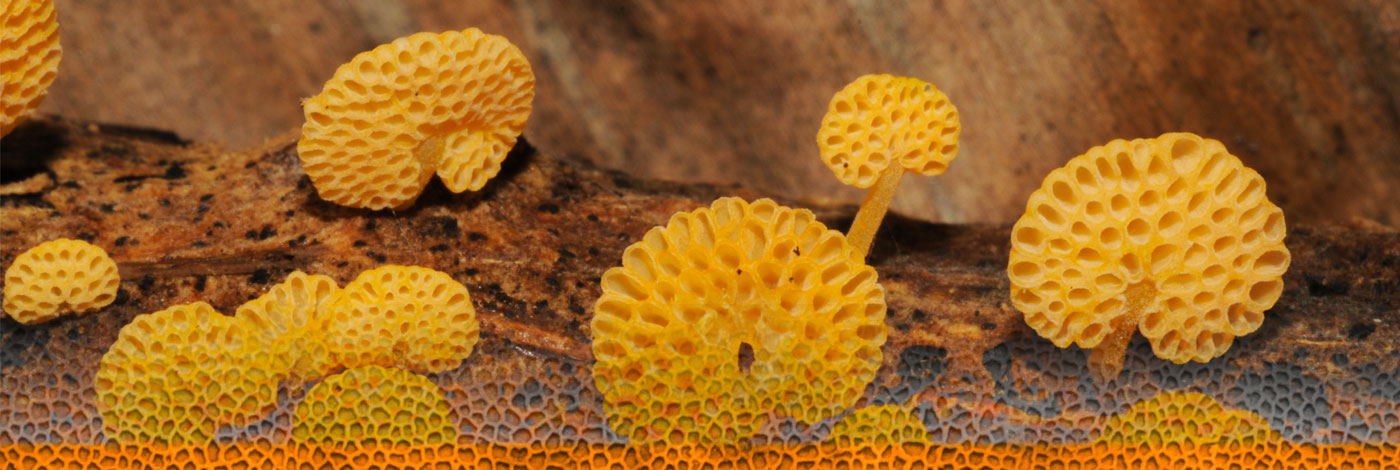

 Cryptogamie, Mycologie
45 (7) - Pages 71-82
Cryptogamie, Mycologie
45 (7) - Pages 71-82The usnic acid, cortical pigment, is generally known to protect lichens from extreme radiation. According to earlier studies, the parmelioid lichen Flavoparmelia caperata (L.) Hale contains (+)-usnic acid. Since the production of lichen secondary metabolites – like other physiological activities – is influenced by environmental conditions, we assumed that macroclimatic differences in temperature, radiation and humidity in European and African habitats resulted in differences in the concentrations measured in samples of this species from various geographical areas. Therefore, we analysed samples representing populations in Hungary (17), Serbia (three), Kenya (eight) and Tanzania (two). Using a chiral chromatographic method, the presence of (+)-usnic acid was confirmed in thirteen of the aforementioned specimens, with concentrations ranging from 5.08 to 26.43 mg g–1 in European samples (12) and 20.27 mg g–1 in a sample from Kenya. The usnic acid content (mg g–1 dry weight) was measured by HPLC-PDA. The content of usnic acid shows a substantial variation in both continents, ranging from 5.21 to 19.23 mg g–1 in Europe and from 6.15 to 23.54 mg g–1 in Africa. The comparison between continents did not result in significant differences. This result can be explained by the supposedly similar microclimatic conditions of the habitats (within macroclimatically different sites) that are probably consistent with the specific niche requirements of F. caperata.
Hungary, Kenya, Serbia, Tanzania, chiral properties, chiral HPLC, HPLC-PDA, lichen-forming fungi, lichen secondary metabolite content